Zagato’s New Domus Invites Automotive Enthusiasts to the Coach-Building Process
In conversation with CEO of the Italian powerhouse Andrea Zagato.
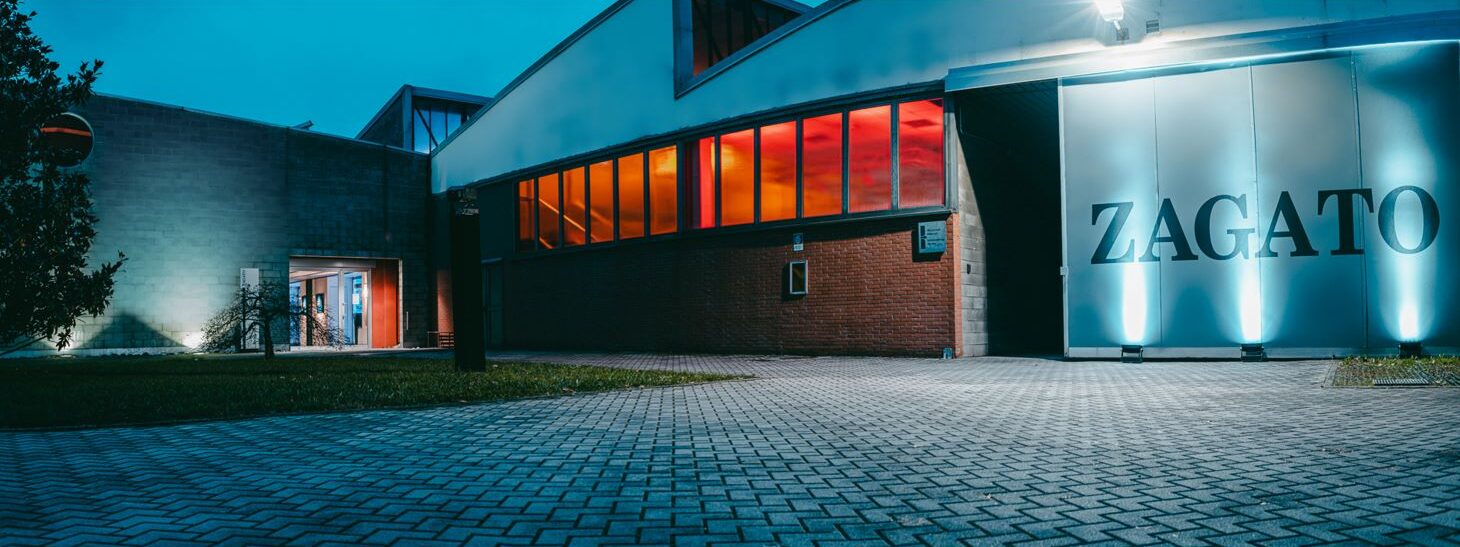
Most casual drivers and car owners know brand names such as Alfa Romeo, Aston Martin, Bentley, Ferrari, Lamborghini, Maserati, and Porsche. However, it’s often only a true gearhead who knows the one company that worked with all of those automakers to create some of the most legendary and beautiful cars ever produced.
Zagato is an automotive coach-building company in Milan. Founded by Ugo Zagato in 1919, the firm went on to design and produce many of the most unique, artistic, and expensive collectible cars in the world, including the Ferrari GTZ models, 1957 Fiat-Abarth 750 GT, 1964 Alfa Romeo Giulia TZ-2, Aston Martin Vanquish Zagato, 1996 Lamborghini Raptor, and 2012 BMW Zagato Coupe.
According to the CEO and third-generation company leader, Andrea Zagato, the automaker has always been a client-oriented company. “Many of our most iconic cars, from our first Ferrari [1948] to our recent project of the AGTZ Twin Tail, came from our client’s ideas or suggestions. In an effort to expand our footprint and connect with more car enthusiasts worldwide, we created a network of what we call Domus, meaning ‘Portals.’”
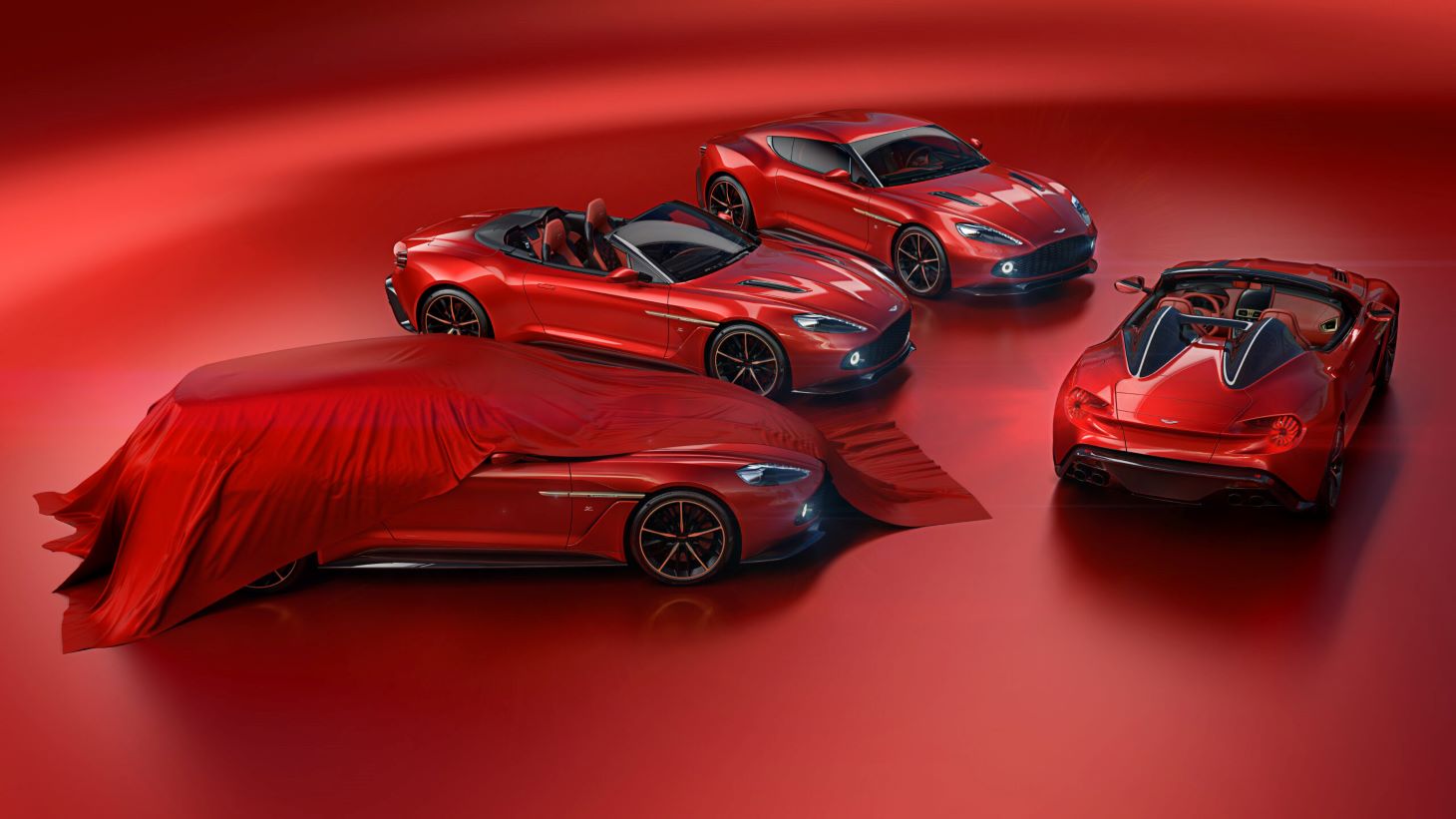
Vanquish Zagato
The CEO reports that the Domus locations in Europe, Asia, and North America were launched in partnership with select local dealers or automotive hyperlinks. They serve as gateways for the company to connect directly with clients so they can experience the Zagato story first hand and become a part of the design coach-building process.
“In each location, potential clients will be able to view Zagato cars, propose new projects and develop scale models,” he says. “We are even developing a virtual reality experience. We opened the first North American Domus this year in Toronto in partnership with Grand Touring Automobiles. Following the success of our Canadian outpost, in 2025 we are opening our first locations in the United States in strategic areas that are home to high-net-worth collectors—such as Greenwich, Connecticut, and south Florida.”
While Zagato is an important element in classic automotive’s past, Andrea Zagato insists the company’s focus now is playing a similar groundbreaking role in the future.
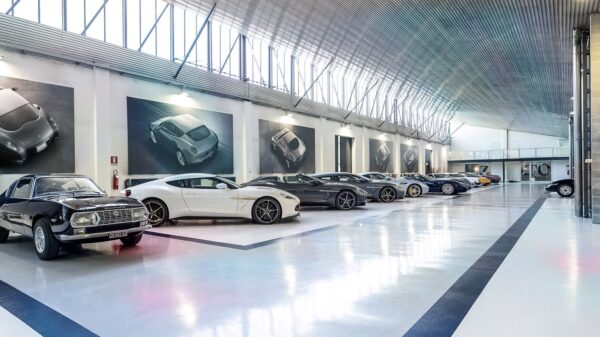
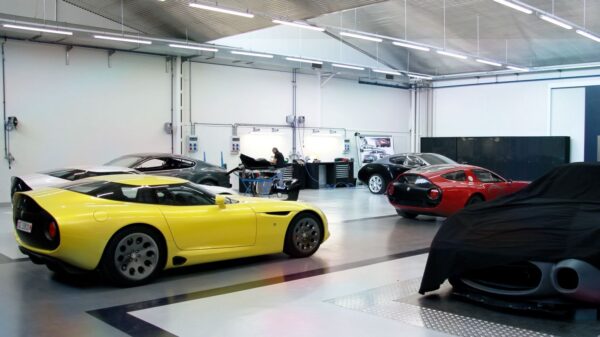
Today, technological challenges in the automotive industry are being addressed by consolidating brands into a few large automotive groups, according to Zagato, and this strategy is driving systematic standardization across the board.
In that scenario, he believes the historical significance of specific models will become an even greater competitive advantage. He considers his brand as a side signature with the partnered automaker–making any car they build more special.
“This position shields us from some of the changes coming,” he says. “For more than 100 years, Zagato has specialized in creating bodywork—the exterior “case” of the car—allowing us to adapt regardless of the technology underneath. However, the consolidation of brands into those large corporate groups often makes products more impersonal and devoted to large numbers rather than individuality; this shift can make collaboration more challenging. Our greatest challenge in the future will be to find visionary leaders within these groups–managers full of passion for the product and armed a deep understanding of the value of a model’s history.”
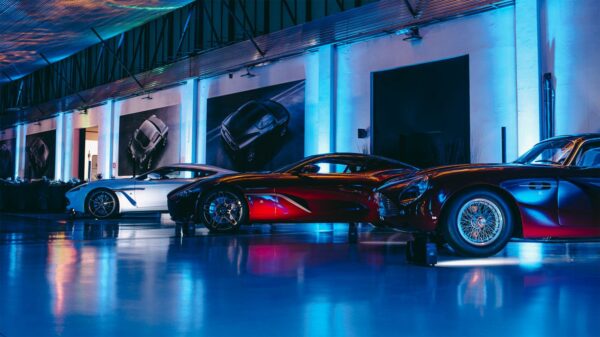
Meanwhile, the slow approach of EVs without the same construction requirements as internal combustion cars offers Zagato an exciting opportunity to reshape elements of automotive design.
“EVs allow us to break free from the constraints imposed by internal combustion engine architecture—no more strict engine placements, drive shafts or transmission tunnels,” Zagato says. “With EVs becoming standardized in performance components like motors and batteries, design will become the primary differentiator. Customers will no longer be restricted to choosing cars based on mechanical specs. They will select vehicles that resonate with them emotionally. This is where Zagato can truly make an impact.”




